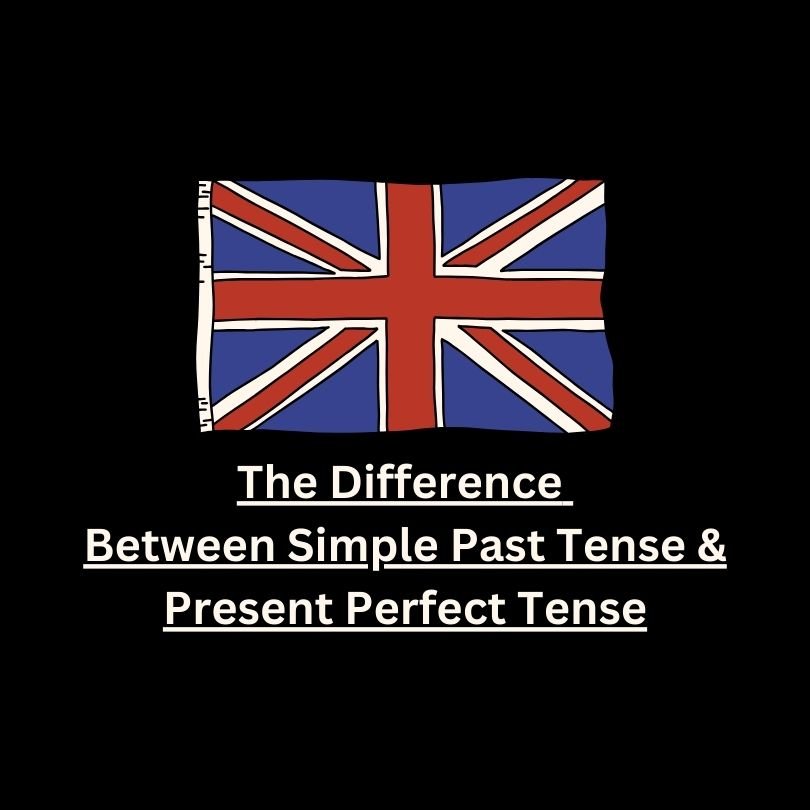Question: What is the Difference Between “Who” and “Whom”?
Answer:
⇊
English grammar can often be challenging, and one common area of confusion is the correct usage of “who” and “whom.” Both words are pronouns, but they serve different functions in a sentence. Understanding when to use “who” and when to use “whom” is crucial for clear and grammatically correct writing. This article will explain the differences between “who” and “whom,” provide examples, and offer tips for proper usage.
Who vs. Whom: The Basic Rule
The basic rule is that “who” is used as the subject of a sentence or clause, while “whom” is used as the object of a verb or preposition.
Subjective Case: Who
“Who” is used as the subject of a verb. It performs the action in a sentence.
Examples:
- Who is coming to the party?
- Do you know who made this cake?
- Who is responsible for this project?
In these examples, “who” is the subject performing the action.
Objective Case: Whom
“Whom” is used as the object of a verb or preposition. It receives the action in a sentence.
Examples:
- Whom did you invite to the party?
- To whom should I address the letter?
- Whom are you going to call?
In these examples, “whom” is the object receiving the action.
Tips for Correct Usage
Determining when to use “who” or “whom” can sometimes be tricky. Here are some tips to help you decide:
Tip 1: Answer the Question
When in doubt, try answering the question posed by the sentence. If the answer is “he” or “she,” use “who.” If the answer is “him” or “her,” use “whom.”
Examples:
- Who/Whom is calling? (He is calling. → Who is calling?)
- To who/whom did you give the book? (I gave the book to him. → To whom did you give the book?)
Tip 2: Check the Function
Identify whether the pronoun is acting as a subject or an object in the sentence. Remember, “who” is for subjects, and “whom” is for objects.
Tip 3: Use Formality
In formal writing and speech, using “whom” correctly can enhance clarity and precision. In casual conversation, people often use “who” even when “whom” is technically correct.
Common Mistakes and How to Avoid Them
Even seasoned writers sometimes misuse “who” and “whom.” Here are some common mistakes and how to avoid them:
Mistake 1: Using “Who” as an Object
Incorrect: Who did you see at the concert? Correct: Whom did you see at the concert?
Mistake 2: Using “Whom” as a Subject
Incorrect: Whom is calling me? Correct: Who is calling me?
Mistake 3: Ignoring Prepositions
Incorrect: Who did you give the book to? Correct: To whom did you give the book?
Tip: Pay attention to the placement of prepositions, especially in formal writing.
Practice Makes Perfect
To master the use of “who” and “whom,” practice by creating sentences and checking if the pronoun is a subject or an object. Here are a few exercises to get started:
Exercise 1: Choose the Correct Word
- (Who/Whom) is going to the meeting?
- I don’t know (who/whom) to ask for help.
- She is the person (who/whom) everyone admires.
- (Who/Whom) are they talking about?
Answers:
- Who
- Whom
- Whom
- Whom
Exercise 2: Correct the Mistakes
- Who did they choose as their leader?
- Whom is in charge of the project?
- Who should I send the email to?
- To who did you speak?
Corrected Sentences:
- Whom did they choose as their leader?
- Who is in charge of the project?
- To whom should I send the email?
- To whom did you speak?
Conclusion
Understanding the difference between “who” and “whom” is essential for accurate and effective communication. Remember that “who” is used as the subject of a sentence, while “whom” is used as the object. By practicing and being mindful of these rules, you can avoid common mistakes and improve your grammar skills. Happy writing!




